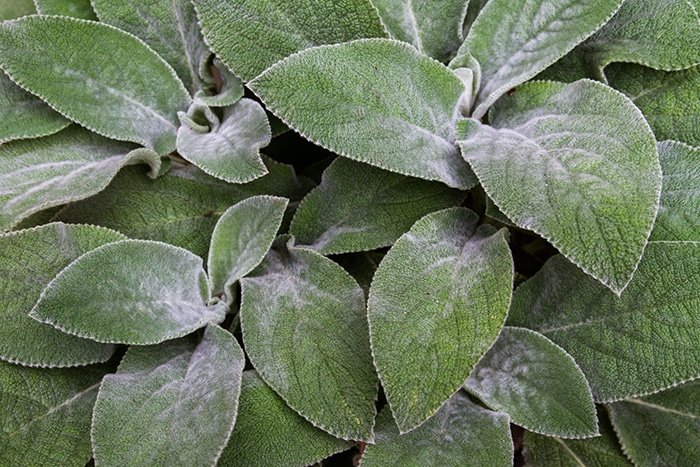
I decided to take a look at how the groundcover plants have fared during the heat and drought. I’ve been watering them once a week, but that hasn’t been adequate for some of them.
The new wine-purple periwinkle (Vinca minor ‘Atropurpurea’, Zone 5) looks good, as does the older blue variety. My big patch of periwinkle gets good attention, sharing quarters with variegated ‘Patriot’ hostas. Frequent irrigation and plenty of leaf mulch sometimes result in too much periwinkle, and I solve the problem in autumn by cutting the plants back to their crowns when necessary. New growth sprouts the following spring, and plants grow at a more sedate pace for a while.
The round glossy leaves of European ginger (Asarum europaeum, Zone 3) make a beautiful groundcover, and they’ve been seeding themselves around the garden in shady places. But evidently it doesn’t cope well with heat and drought, and though still green, the leaves are flat and wilted. I can’t seem to revive it with water, and probably it wants cooler air. European ginger will have to wait a while for that, but I’m confident it will revive. This beautiful plant should be featured in prominent locations—but not in bright sun.
In a previous garden, I grew the common lamb’s ears (Stachys byzantina, Zone 4) in hot sun beside a dry gravel path with good drainage. I don’t remember it ever wilting, and the growth rate was impressive. I had to trim it back every year. I also had a clump of ‘Primrose Heron’ (S. byzantina ‘Primrose Heron’, Zone 4) with chartreuse-yellow foliage in spring, and it grew in similar conditions, but at a more sedate rate.
I still have these plants in my present garden, and they’re looking fine this summer. But I also have their oversize cousin, ‘Big Ears’ (a.k.a S. byzantina ‘Countess Helen von Stein’), with leaves more than twice the size of common lamb’s ears. This is an impressive plant and makes a splendid spread along the front path, but it wilts from drought and has required frequent watering. It’s possible the large ‘Big Ears’ leaves require more moisture than their smaller cousins. I’ve given it a mulch of shredded bark to help keep moisture in the root zone. This autumn I’ll cut back the foliage, lift the plant, and enrich the hole with organic material. She’s big and beautiful, but also a little fussy.
If I had to point out one groundcover plant sailing through this summer looking like nothing challenging has happened, it would be ‘Hermann’s Pride’ yellow deadnettle (Lamium galeobdolon ‘Hermann’s Pride’, Zone 3). This plant is sometimes known as yellow archangel because of its pleasant yellow flowers in spring. It doesn’t like bright sun, but willingly grows in dry shade, expanding its clump and never setting seed or sending outward-bound runners. The small pointed leaves have prominent white veins, and stay in good condition the whole season. What more could we want?
